
Oklahoma lawmakers voted Thursday to reinstate the gas chamber as a backup execution method to lethal injection.
The Oklahoma Senate voted 41-0 in favor of HB 1879, which legalizes execution by nitrogen hypoxia. Said by supporters to be more humane than using gases that cause suffocation, nitrogen hypoxia causes death when nitrogen gas pumped into the chamber depletes the oxygen supply in the blood.
"It just goes to show you how hell-bent they are on killing people," Richard Glossip, an Oklahoma death row inmate whose lawsuit on lethal injection will be heard by the U.S. Supreme Court later this month, exclusively told The Huffington Post after the vote. "If they can gas them, use lethal injection -- it should really scare everyone out there that they're so bent on this."
The bill was approved by the House in March, and now goes to Gov. Mary Fallin (R) for signature. Reached by The Huffington Post Thursday, a gubernatorial spokesman declined to comment on the legislation until the governor's office has reviewed the measure.
Lethal injection is still the primary execution method in Oklahoma and all 31 other states that have the death penalty. The nitrogen gas chamber would be employed as a secondary method should lethal injection drugs become unavailable, or in the event the state's protocol is deemed unconstitutional when the Supreme Court examines its legality later this month.
Rep. Mike Christian (R-Oklahoma City) who sponsored HB 1879 after reading a 2014 Slate article, told The Huffington Post in March that the nitrogen hypoxia method was "revolutionary."
"If Oklahoma is a state that does executions, we can find a better, humane way to carry them out," he said.
Execution by nitrogen gas is not yet a state-sanctioned method anywhere in the world, according to Slate. Dr. Joel Zivot, assistant professor of anesthesiology and surgery at Emory University School of Medicine, previously told HuffPost that it's ethically impossible for doctors to conduct tests and verify claims on execution procedures.
"No physician is an expert in killing, and medicine doesn’t position itself intentionally in taking a life," Zivot said. "There’s no therapeutic use of nitrogen gas, and there’s no way to ethically or practically test if nitrogen gas is a humane alternative."
Christian said he would be interesting in eliminating electrocution, Oklahoma's current second alternative method of execution.
"I don’t see why there’s any need to have the electric chair in the 21st century," he said in March.
Oklahoma also authorizes the use of firing squads, only if other methods are found unconstitutional, according to the Death Penalty Information Center.
Stakes like Oklahoma are increasingly pushing forward backup methods to lethal injection as it faces legal pressure and supply challenges. Stores of the lethal injection chemicals on which states used to rely have dwindled in recent years as European and U.S. manufacturers cut off supply or pull their drugs from the market.
State corrections departments have turned to local compounding pharmacies to mix alternatives, but just last month the American Pharmacists Association spoke out to discourage pharmacists from participating in executions in any way.
Oklahoma in particular is at the center of a forthcoming Supreme Court decision for its use of the drug midazolam, which was used in the botched 2014 execution of inmate Clayton Lockett. All executions in Oklahoma have been stayed pending a ruling.
Before You Go
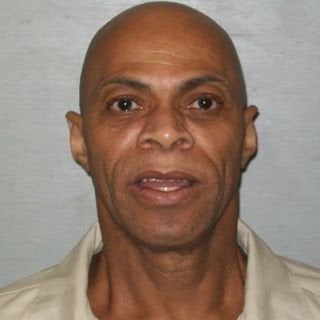
STATE: South Carolina
RELEASED IN 2002
In 1982, Dorothy Edwards of Greenwood, South Carolina, an elderly white woman beloved by her community, was brutally murdered and raped in her home. Edwards' neighbor offered up Elmore, her handyman, as the perpetrator of the crime, even as he maintained his innocence. Elmore was arrested, went to trial 82 days later, and received a death sentence -- a conviction that he received three times as appeal courts overturned each verdict. The case was riddled with bad (even planted) evidence, an incompetent defense, a tainted crime scene, and police coverups. He spent 29 years on death row until his defense argued that he was mentally disabled and legally could not be executed, so he was reduced to a life sentence. In 2002 -- 29 years later -- he pled guilty to murder in exchange for release.
Check out CNN's original series "Death Row Stories" (Sundays 9pm ET/PT) for a deeper look into this case.
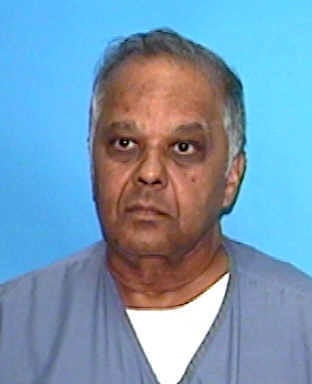
STATE: Florida
COMMUTED TO LIFE SENTENCE IN 2002
One-time millionaire and business magnate Kris Maharaj was convicted on two counts of murder in 1987. The case was plagued by covered-up evidence, false eyewitness accounts, and a shoddy defense (who didn't call any of his many witnesses to the stand as a "tactical" maneuver). Clive Stafford Smith has worked on this case for years, and in 2002, succeeded in commuting Maharaj’s death sentence to a life term following serious misconduct on the part of the judge and prosecution. Smith continues to fight for Maharaj's release, saying: “It is unfathomable to most rational people that the US Supreme Court says that innocence is not a reason to set a prisoner free. That Kris has spent 10,000 days in prison for a crime he did not commit is little more than legal kidnapping.”
Check out CNN's original series "Death Row Stories" (Sundays 9pm ET/PT) for a deeper look into this case.

STATE: Florida
EXECUTED: 9/28/11
LAST MEAL: Fried chicken breast, white rice, garlic toast, peach cobbler and a Coca-Cola.
Manuel Valle killed a police officer in Coral Gables, Florida, in 1978 after being stopped for a traffic violation. In the dissenting opinion of Valle v. Florida, Supreme Court Justice Stephen G. Breyer stated that the inmate's long stay on death row amounted to cruel and unusual punishment. He said, "I have little doubt about the cruelty of so long a period of incarceration under sentence of death."
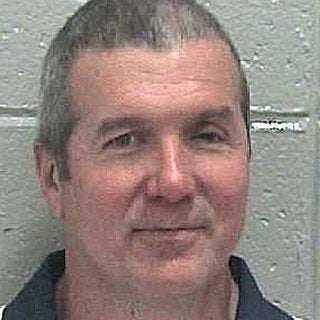
STATE: Georgia
EXECUTED: 9/16/08
LAST MEAL: Did not request a last meal. Ate regular prison meal of baked fish, peas, cole slaw, carrots, cheese grits, bun, fruit juice and chocolate cake.
Jack Alderman was convicted in 1975 of killing his wife, Barbara Jean Alderman. At the time of his execution, he was the longest-serving death row prisoner who had been executed in the United States.
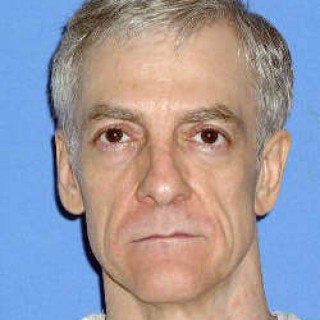
STATE: Texas
EXECUTED: 6/15/2010
LAST MEAL: Four eggs, four chicken drumsticks, salsa, four jalapeno peppers, lettuce, tortillas, hashbrowns, garlic bread, two pork chops, white and yellow grated cheese, sliced onions and tomatoes, a pitcher of milk and a vanilla shake.
In May 1978, Powell fatally shot 26-year-old Austin police officer Ralph Ablanedo 10 times after he and his girlfriend were pulled over for missing a rear license plate. The two were on the way to a drug deal at the time of the crime. Opponents to his execution cited his exemplary behavior in prison and argued that he was no longer a threat to society, which is a legal requirement for capital punishment. Thirty-one years, three trials, and multiple appeals later, he died by lethal injection.
He spent the longest time on death row of anyone in Texas since the state resumed death penalty executions in 1982.
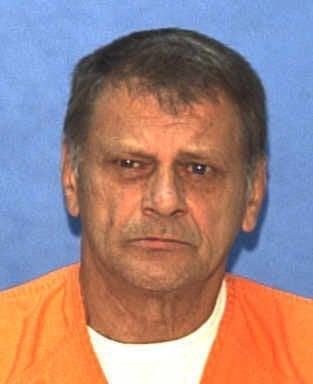
STATE: Florida
EXECUTED: Died of brain tumor in 2013
In 1974, Gary Alvord was sentenced to death for strangling three women in their home in Tampa, Florida after he escaped from a mental hospital. Although Alvord faced execution several times, his history of mental illness prevented the sentence from being carried out. Last year, after 43 years on death row, he died of natural causes. In the time he spent awaiting execution, 74 other inmates were sent to their deaths. Bill Sheppard, who represented Alvord, has said: “Gary is a product of a sick system. He was a living example of why we should not have the death penalty.... I would love for the state of Florida to tell us how much money they wasted trying to kill a guy they couldn't kill."
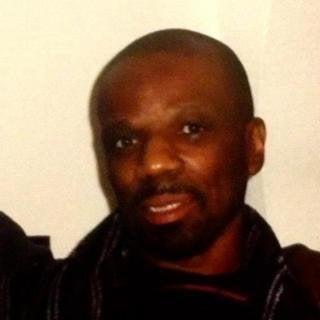
STATE: Missouri
CHARGES DISMISSED IN 2013
Reginald Griffin was implicated in the 1983 stabbing death of a fellow inmate at the Moberly Correctional Center in Moberly, Missouri, where he was serving time for an armed assault conviction. He along with two other inmates were charged with capital murder in 1987. There was no physical evidence linking Griffin to the crime, and in subsequent trials, the two inmates who served as witnesses for the prosecution in were offered benefits to testify. In 2011, the Missouri Supreme Court found that the state had withheld critical evidence and overturned Griffin's conviction. In 2013, all charges were dismissed. Upon his release, Cindy Short, one of his attorneys, said: "We humans are flawed, and those flaws have led to wrongful arrests, wrongful convictions and, unfortunately, this situation where time and time again you see prosecutors holding onto cases, even when evidence of innocence is clear."
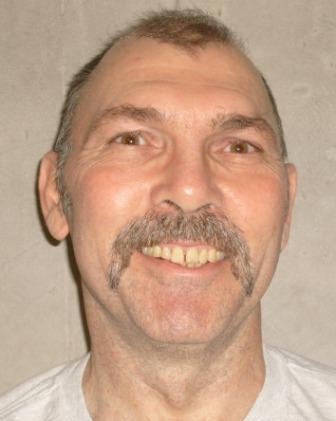
STATE: Oklahoma
EXECUTED: 5/1/12
LAST MEAL: Kentucky Fried Chicken’s crispy two breast and one wing meal with potato wedges and baked beans, a chicken thigh, apple turnover, two biscuits and honey, salt, pepper and ketchup.
In 1975, Michael Selsor shot gas-station clerk Clayton Chandler six times during a robbery in Tulsa, Oklahoma along with his accomplice, Richard Eugene Dodson. Although he was tried by a jury and sentenced to death in 1976, the U.S. Supreme Court and Oklahoma Court of Criminal Appeals ruled the death penalty unconstitutional later that year. Selsor's conviction was overturned by the U.S. Tenth Circuit Court of Appeals in 1996; however, his 1998 retrial ended in another death sentence. After 36 years, Selsor was executed in Oklahoma by lethal injection.
